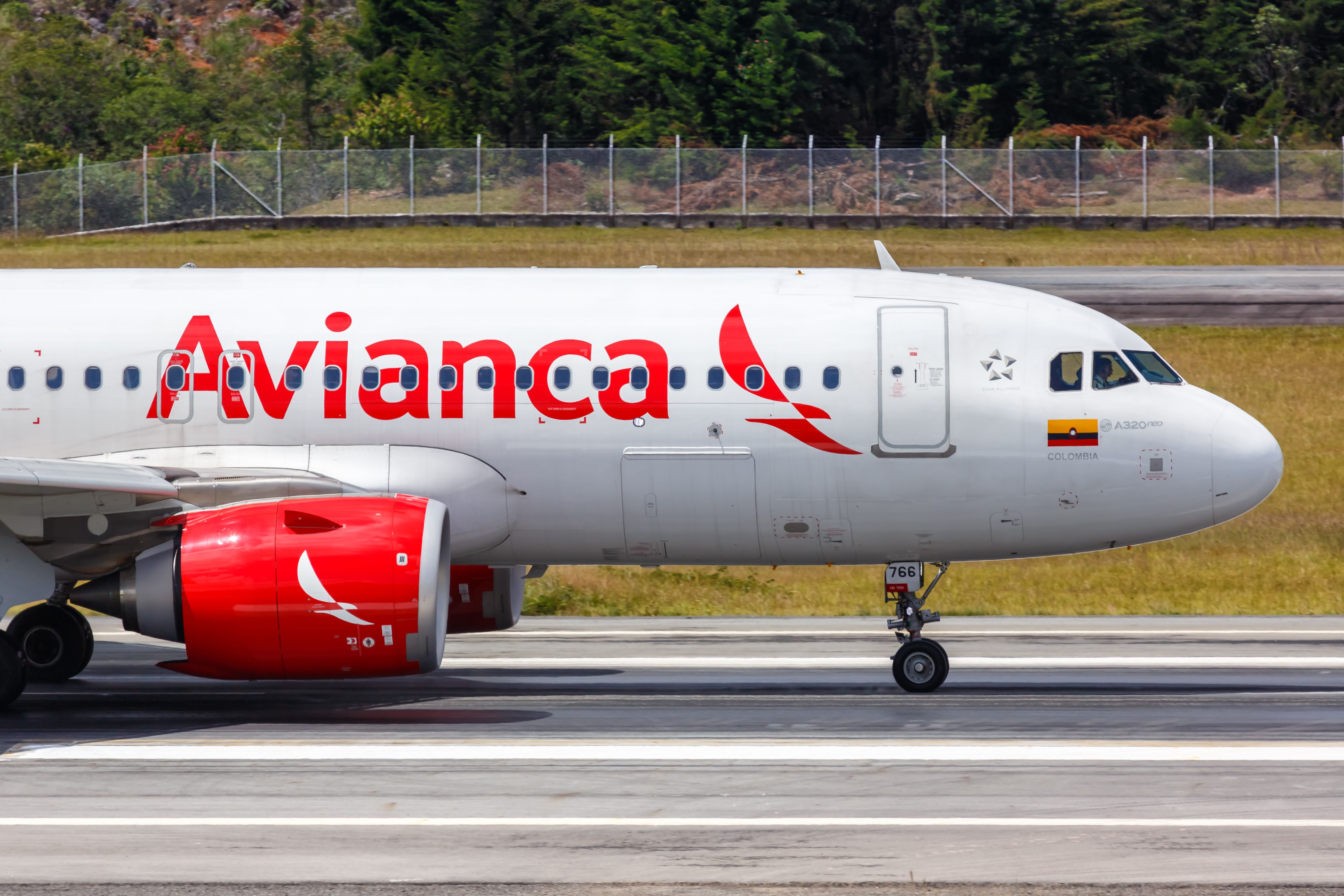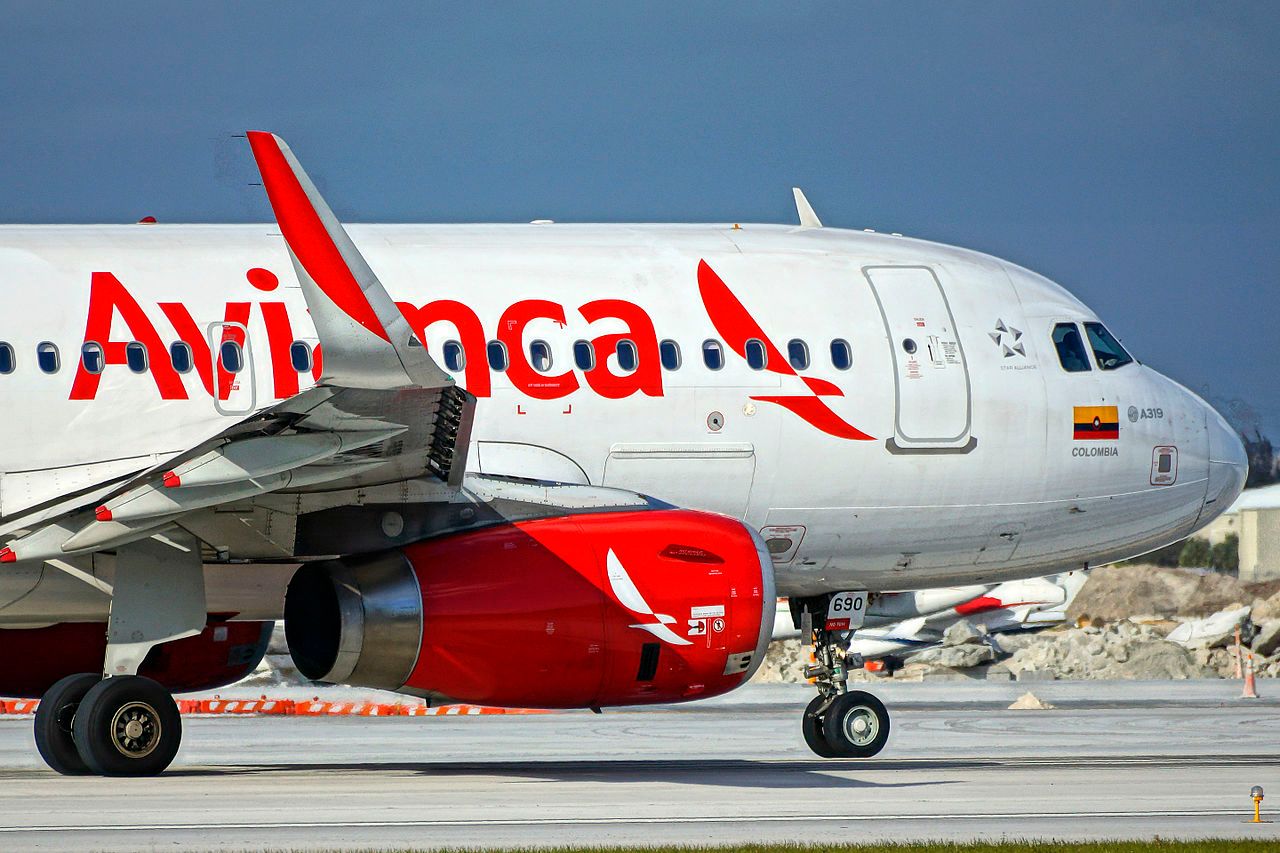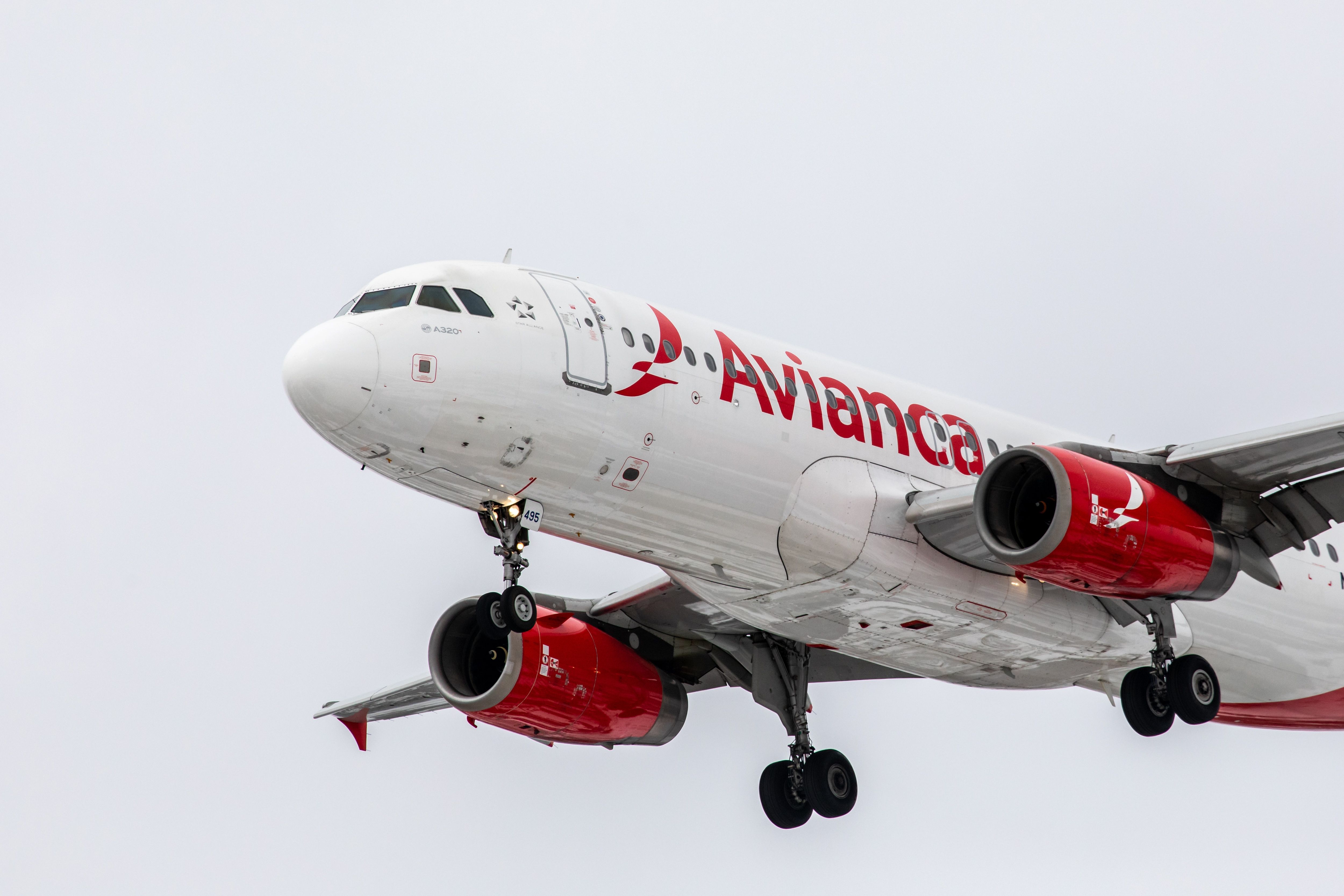Colombian authorities have found the bodies of two young people in the undercarriage of an Avianca Airbus A320neo that operated a flight AV116 between Santiago de Chile Arturo Merino Benítez International (SCL) and Bogota El Dorado International Airport (BOG).
What happened?
On Friday, Colombian authorities found two young men, aged 15 and 20 years old, in the undercarriage of an Avianca aircraft. The men were stowaways that attempted to travel unnoticed from Chile to Colombia. As reported by El País, Avianca released a statement saying it immediately activated a safety protocol and alerted the Chilean and Colombian authorities to launch an investigation on the subject. The carrier added,
“Avianca regrets the incident that took place on flight AV116. Avianca sends its condolences to the families of the two deceased people,”
Unfortunately, it is not uncommon for this type of news to take place globally. Many people attempt to hitchhike inside planes and, more often than not, it becomes a fatal endeavor.
Last month, the unidentified body of a male was found in the wheel bay of a TUI Airways Boeing 737 MAX that operated flight TOM225 between Banjul International Airport (BJL) and London Gatwick International Airport (LGW). In 2021, a 26-year-old man was discovered and apprehended in Miami. He attempted to fly as a stowaway in an American Airlines service between Guatemala City and Miami. Fortunately, he survived the dangerous journey.
Why is it dangerous to stowaway?
Nonetheless, attempting to travel in the undercarriage of a plane is an extremely dangerous move. The low temperatures at cruising altitudes can be fatal. People suffer from hypothermia when flying above 8,200 feet (2,500 meters), but there’s also the possibility of falling when the landing gear activates or even getting crushed by the gear during opening or retraction.
Additionally, at 18,000 ft (5,490 meters), people outside a pressurized cabin can suffer from hypoxia; that’s when the body is deprived of an adequate oxygen supply. At 22,000 ft (6,710 meters), a stowaway will be struggling to keep conscious as blood oxygen level falls.
In 2019, Airport Technology said –citing data from the Federal Aviation Administration, FAA– said that people trying to hitch a ride on a plane face a 77% chance of never reaching their destination alive.
How to address this issue?
Sadly, those who stowaway are more often than not young men from underdeveloped countries. They try to travel unnoticed to gain more opportunities in a different country, which is why we often hear of people flying in the undercarriage of planes between Africa or Middle Eastern countries to Europe.
In an interview with Airport Technology, former pilot and aviation consultant Alastair Rosenschein suggested in 2019 that airfields in developing countries should have adverts raising awareness of the countless dangers of stowing away inside an aircraft. Nonetheless, there should also be a tightening of airfield security checks and an increase in the use of technology with heat sensors to prevent people from hiding in aircraft illegally.
What could be done to prevent more people from trying to hitchhike onboard the undercarriage of planes? Let us know what you think in the comments below.
Source: El País, Airport Technology.



